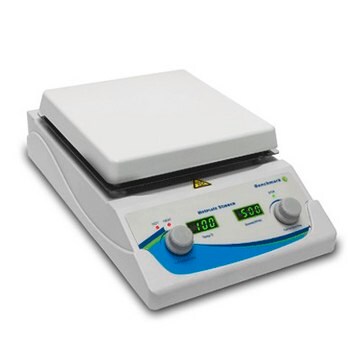MABS21
Anti-PORCN Antibody, clone 15G12.1
clone 15G12.1, from mouse
Sinónimos:
Probable protein-cysteine N-palmitoyltransferase porcupine, Protein MG61
About This Item
Productos recomendados
biological source
mouse
Quality Level
antibody form
purified immunoglobulin
antibody product type
primary antibodies
clone
15G12.1, monoclonal
species reactivity
rat, mouse, human
technique(s)
immunocytochemistry: suitable
western blot: suitable
isotype
IgMκ
NCBI accession no.
UniProt accession no.
shipped in
wet ice
target post-translational modification
unmodified
Gene Information
mouse ... Porcn(53627)
General description
Immunogen
Application
Signaling
Developmental Signaling
Quality
Western Blot Analysis: A 1:1,000 dilution of this antibody detected PORCN in 10 µg of mouse brain tissue lysate.
Target description
Calculated molecular weight of 52 kDa The actual MW should be observed at ~45-65 kDa Helical membrane protein migration on SDS-PAGE may not exactly correlate with the calculated molecular weights (PNAS, 2009, 106:1760-1765).
Physical form
Storage and Stability
Analysis Note
Mouse brain tissue lysate
Other Notes
Disclaimer
¿No encuentra el producto adecuado?
Pruebe nuestro Herramienta de selección de productos.
Storage Class
10 - Combustible liquids
wgk_germany
WGK 2
flash_point_f
Not applicable
flash_point_c
Not applicable
Certificados de análisis (COA)
Busque Certificados de análisis (COA) introduciendo el número de lote del producto. Los números de lote se encuentran en la etiqueta del producto después de las palabras «Lot» o «Batch»
¿Ya tiene este producto?
Encuentre la documentación para los productos que ha comprado recientemente en la Biblioteca de documentos.
Nuestro equipo de científicos tiene experiencia en todas las áreas de investigación: Ciencias de la vida, Ciencia de los materiales, Síntesis química, Cromatografía, Analítica y muchas otras.
Póngase en contacto con el Servicio técnico